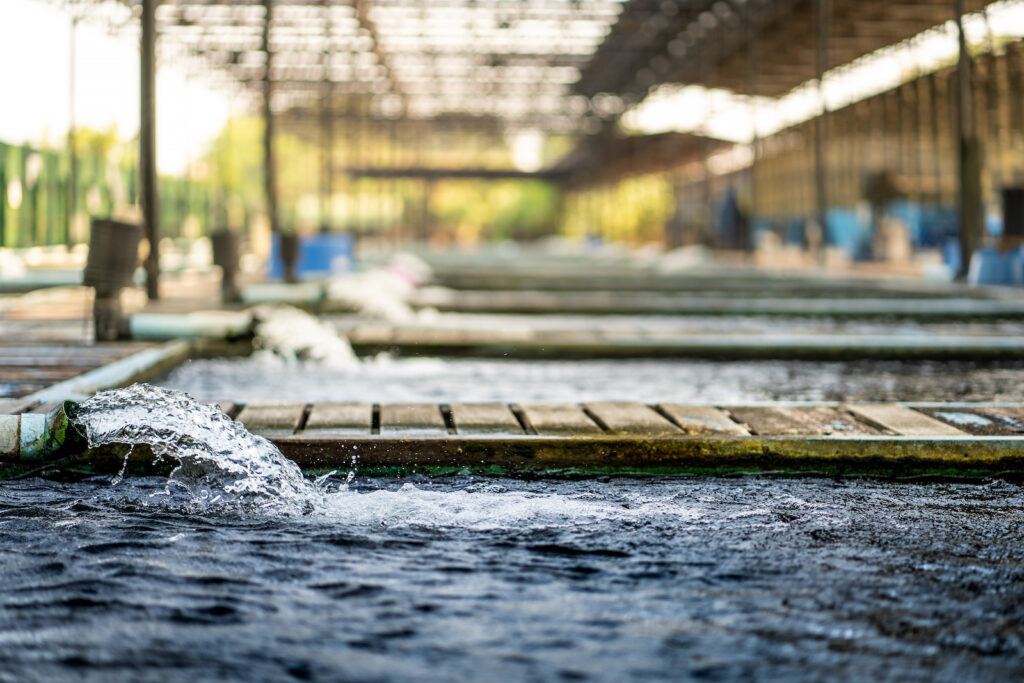Water might seem pretty accessible when all you have to do is turn the knob. What most people don’t know is that water goes through a long and intricate system in order for consumers to have access to safe and clean water. The water you use on a daily basis goes through a water treatment plant. This water treatment plant is responsible for giving our source of water a thorough cleanse, but there is so much to know about the process. What exactly happens when water is transferred to a water treatment plant? We’ve got answers.
Gathering Water
All water comes from some kind of source, such as a lake, a river, a well, or could even come from a community stream. Most treatment plants serve to clean water that comes from either streams or rivers. From there, they are to be distributed throughout your city’s network of water pipes. But before this water can be distributed throughout the community, it has to undergo deep cleaning treatment. The processes to come to include heavy use and reliance on filters, chemicals, and the removal of toxins and other hazards that can be found in water sources.
Pretreating the Water
The first treatment that water goes through is pretreatment. During pretreatment, materials are removed, separated, and screened from the water. Most materials that need to be removed include dirt, sand, oils, fats, and greases. Pretreatment focuses on removing larger items before focusing on smaller particles and pollutants in the water. Sedimentation is used during this step of the process to gather as much dirt and sand possible and separate it from the water. Sand filters have been used since the establishment of water treatments. They are efficient and provide the necessary results.
The First Phase of Treatment
After sedimentation comes coagulation. Coagulation is a method of water filtering as well, but it must come after sedimentation in order for it to be more effective. Coagulation is what helps oils and the water separate. Some oils can be harder to remove from the water, which is why coagulation is essential in this step. Most of the time, these oils or other solids will automatically settle to the bottom of the tanks where the water is treated. Once they have settled, the oils can be gathered and the water can be treated.
The Second Phase of Treatment
After sedimentation and coagulation is the process of aerobic biological processes. These processes consist of protozoa and bacteria that eat away at contaminants in the water that are biodegradable, soluble, and organic. These elements are rather successful in breaking down the biological contents of human waste and food. Even more important in treating water is the ability to extract the smallest elements of pollutants possible found in our water sources. Most of these contaminants cannot be seen, but their effects, when consumed, can play out for the worse if they are consumed.
The Third Phase of Treatment
The third phase of treatment is the last. This final step is disinfection. There are two ways that water is disinfected. Chlorine-based compounds or chloramines are used to finalize the treatment of the water, depending on the plant. When these chemicals are added to the water, they kill harmful microorganisms. It is essential that plants give a thorough treatment before distributing the water to ensure that carcinogens or harmful chemicals are not included in water distribution. Most cities typically have codes that touch on the maximum and minimum chlorine levels that their plants can utilize for water treatment.
Transferred to Distribution Systems
Once the water has undergone a full treatment and disinfection, it is then ready to be pumped into a distribution system. The water must be maintained at a pressure of 40 PSI to prevent the pipes from overflowing or bursting during distribution. If water goes below 40 PSI, it faces the risk of contamination and must be flushed. This is often why you might see hydrants gushing with water. Water flushes also happen when you receive boiler water notices.
Get the Quality Water You Deserve with Sun Tech Services!
We understand the importance of drinking and using clean water, free of harsh chemicals. With Sun Tech Services, you don’t have to settle. We’re here to provide the highest quality of water there is. Contact us today to learn more!

